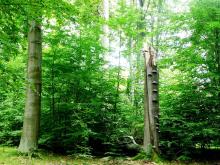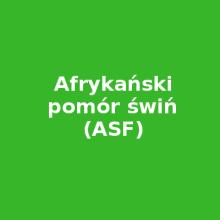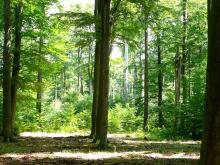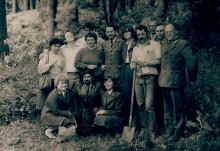 Asset Publisher
Asset Publisher
Hunting
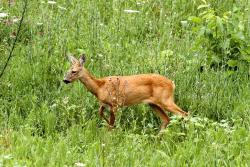 Sarny należą do najważniejszych zwierząt łownych spotykanych na terenach Nadleśnictwa. Fot. Taviphoto/Fotolia
Sarny należą do najważniejszych zwierząt łownych spotykanych na terenach Nadleśnictwa. Fot. Taviphoto/Fotolia
 Kaczki to najczęściej spotykane ptaki na terenie Nadleśnictwa.
Kaczki to najczęściej spotykane ptaki na terenie Nadleśnictwa.
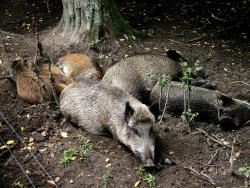 Dziki są jednymi z najliczniejszych zwierząt spotykanych w Lasach Nadleśnictwa. Fot. Jerzy Wilanowski
Dziki są jednymi z najliczniejszych zwierząt spotykanych w Lasach Nadleśnictwa. Fot. Jerzy Wilanowski
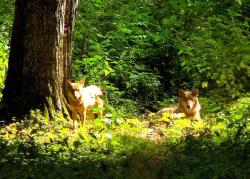 Wilki bytujące w Ośrodku Hodowli Zwierzyny. Fot. Mateusz Kozdęba
Wilki bytujące w Ośrodku Hodowli Zwierzyny. Fot. Mateusz Kozdęba
Forests are inhabited by about 60% of all 618 species of vertebrate living in Poland. Development of civilization has upset the ancient equilibrium and rules that govern forest ecosystems, which also affects the life of forest animals. This is why their number, welfare and activities aimed at preventing damage caused by animals are regulated by Polish and EU law.
Forests of Szprotawa Forest District are inhabited by many animals – mammals and birds. The most important big game species living in the forests are Deer, Roe Deer and Wild Boar. In recent years observations made by local foresters suggest that there are about 400 Deer, 2050 Roe Deer and 900 Wild Boars in the Forest District. The group of large predators has been joined by wolves that live in the area of Lower Silesian Wilderness.
There are also 15 small game species, including 6 most common and numerous species. The most numerous species living within Szprotawa Forest District are Hare and Fox, but there are also Badgers, Martens, Raccoon Dogs, Polecats and Muskrats.
Szprotawa Forest District consists of 10 hunting circuits managed by 9 hunts. One hunting circuit is excluded from leasing and it is managed by the Forest District Inspectorate. It is used for the purposes of Animal Breeding Centre. All hunts and Animal Breeding Centre are responsible for the execution of hunting economy, protection of game and management of their resources.
 Asset Publisher
Asset Publisher
Wakacje!
Wakacje!
Tuż przed końcem roku szkolnego dzieci z dwóch klas 2 ze Szkoły Podstawowej nr 1 ze Szprotawy odwiedziły naszego starego przyjaciela – Dąb Chrobry. Było to ostatnie spotkanie tej grupy z cyklu Cztery Pory Roku w lesie.
Dzieciaki zostały zapoznane z historią tego dostojnego pomnika. Omówiliśmy też cykliczność pracy w lesie w różnych porach roku. Na przykładzie ściętego drzewa dzieci dowiedziały się, jak obliczyć wiek drzewa i od czego zależy jak duże drzewo wyrośnie.
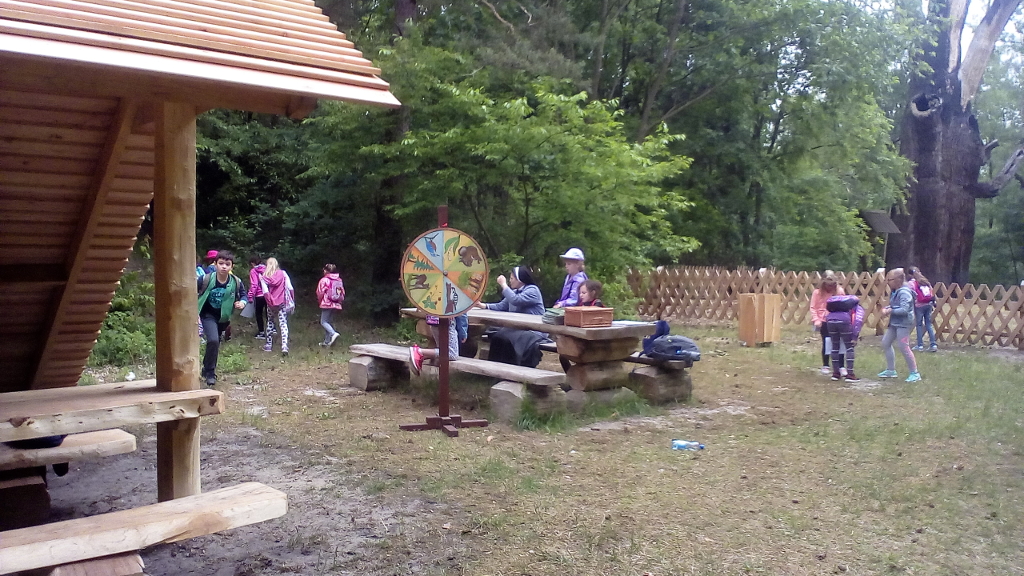
Następnie maluchy wzięły udział w zabawach zorganizowanych przez pracowników Nadleśnictwa Szprotawa. Przy znajdującym się nieopodal mrowisku przeprowadziliśmy lekcję na temat życia i zwyczajów mrówek rudnic.

Dzieci miały okazję obejrzeć forwarder – maszynę służącą do zrywki – wywożenia ściętego drewna z lasu do dróg wywozowych.
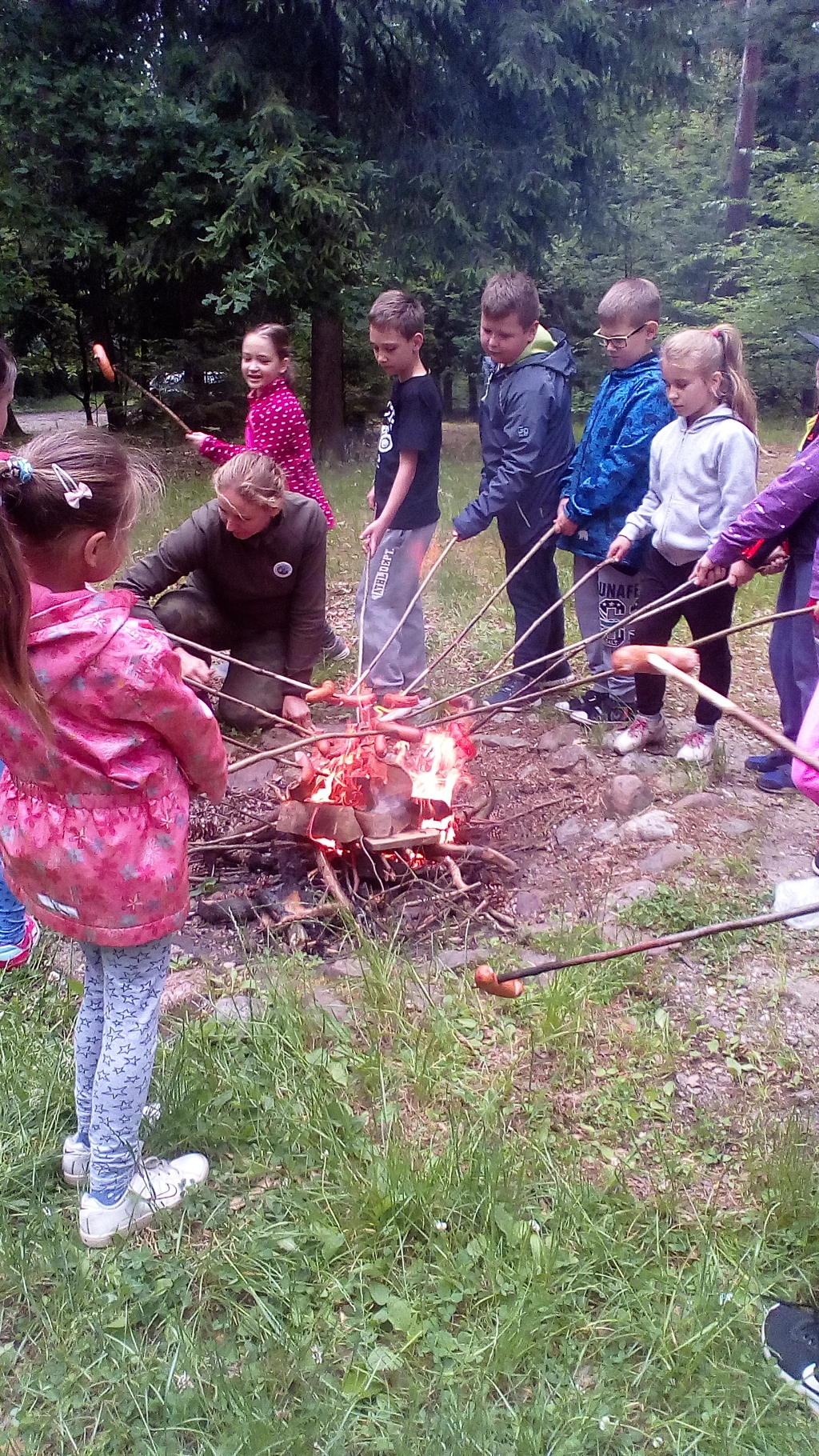
Było też tradycyjne pieczenie kiełbasek nad ogniskiem rozpalonym z zachowaniem zasad bezpiecznego obchodzenia się z ogniem – wiosną i latem trzeba zwracać na to szczególną uwagę.
Wszystkie zajęcia prowadzone przez pracowników Nadleśnictwa Szprotawa są bezpłatne.
Zapraszamy do naszych lasów!
Tekst: Anita Ciasnocha
Zdjęcia: Beata Gancarczyk




